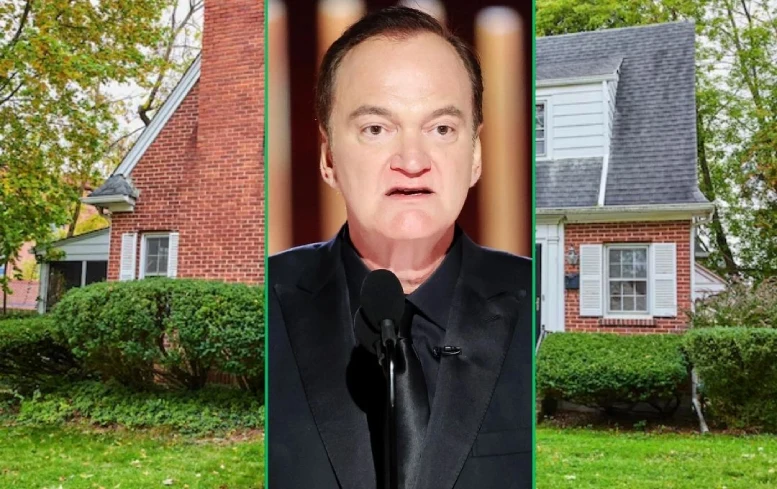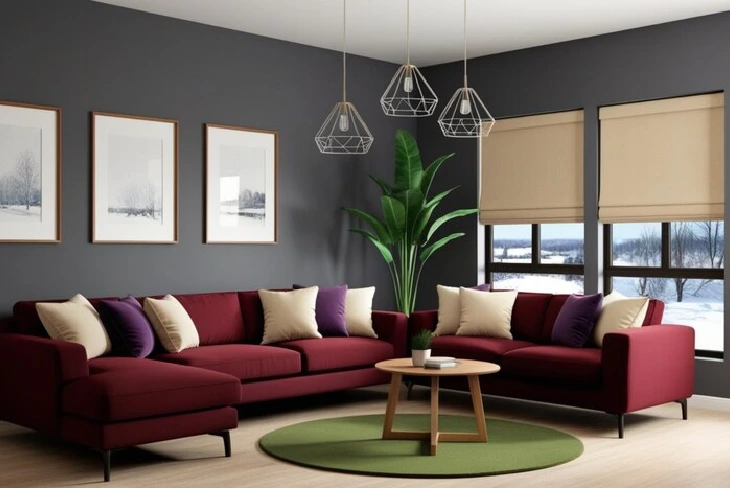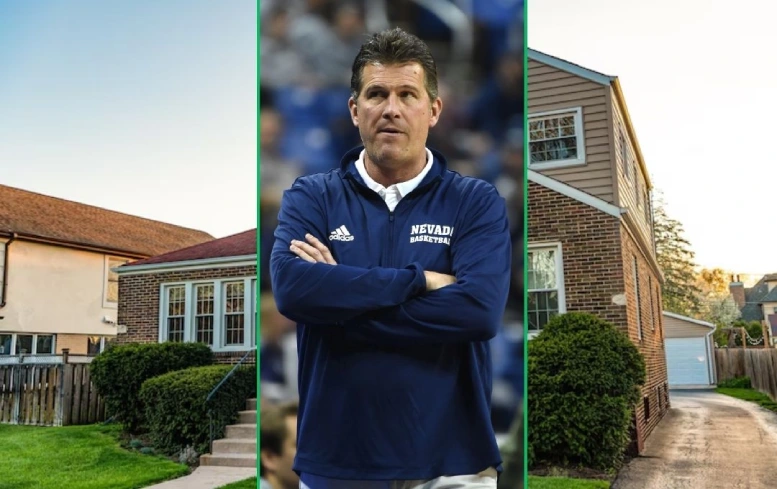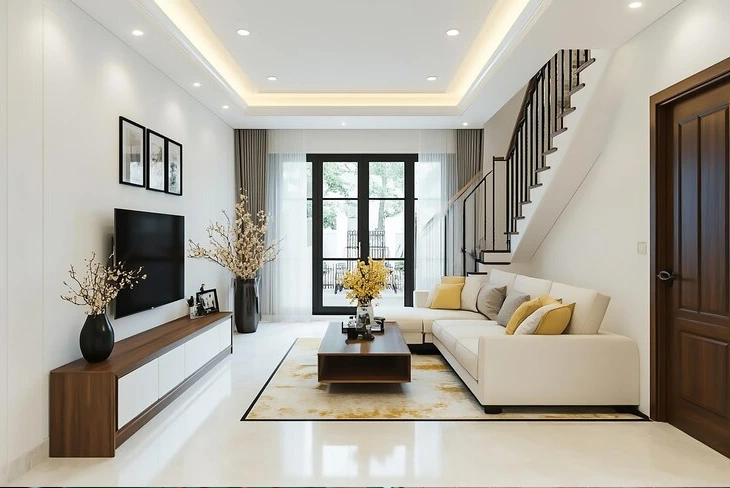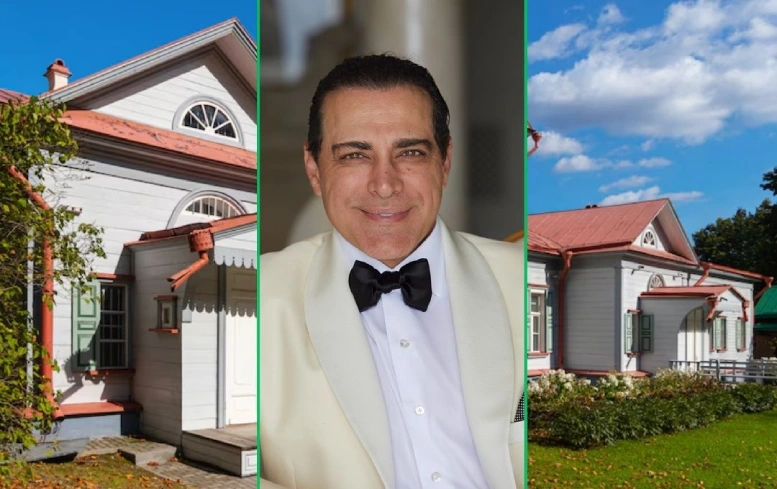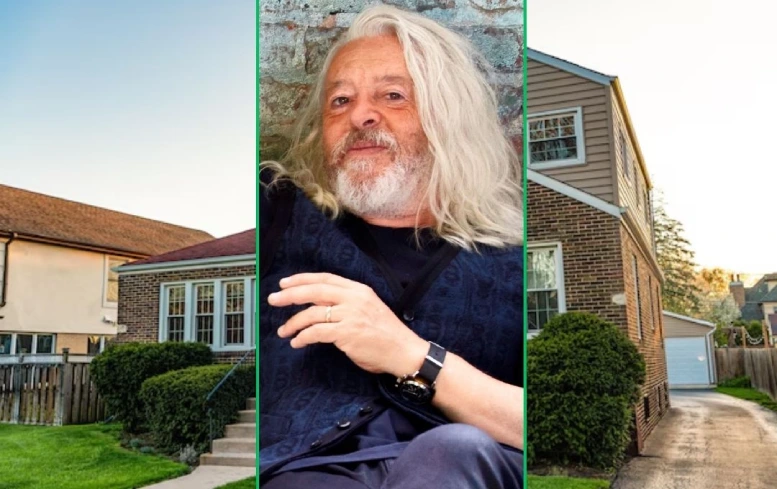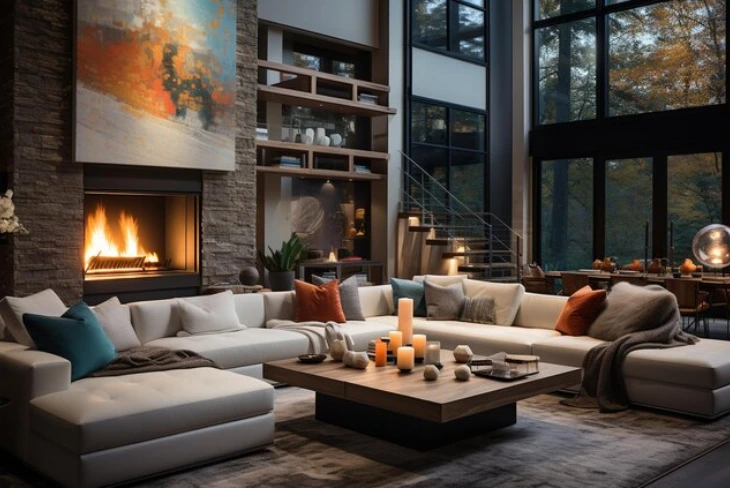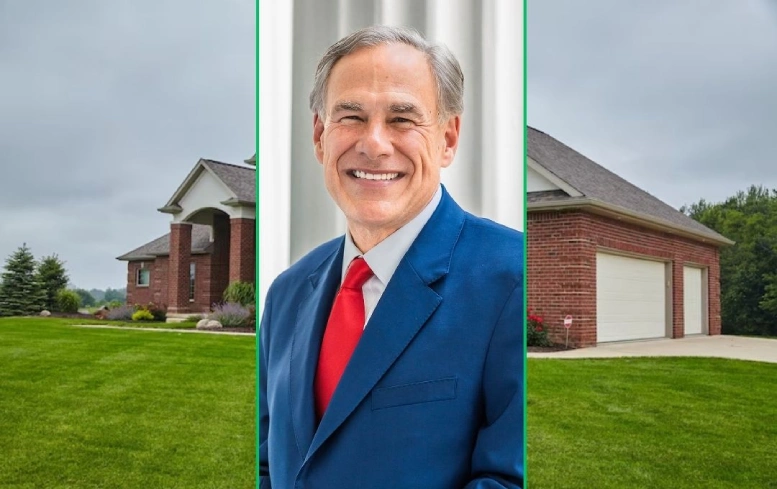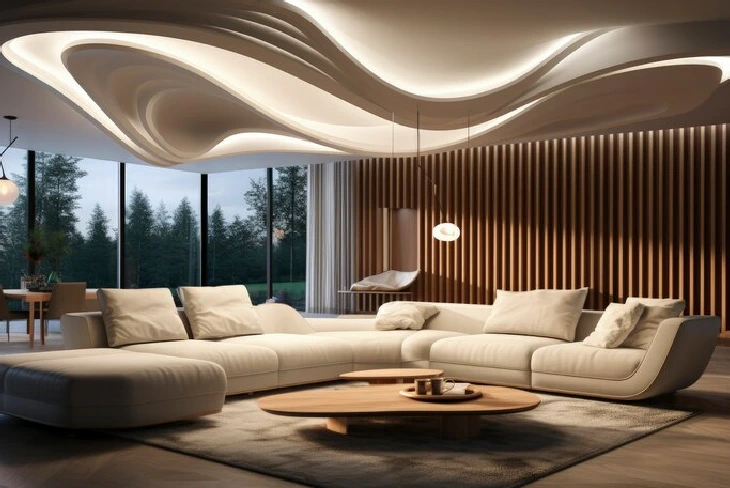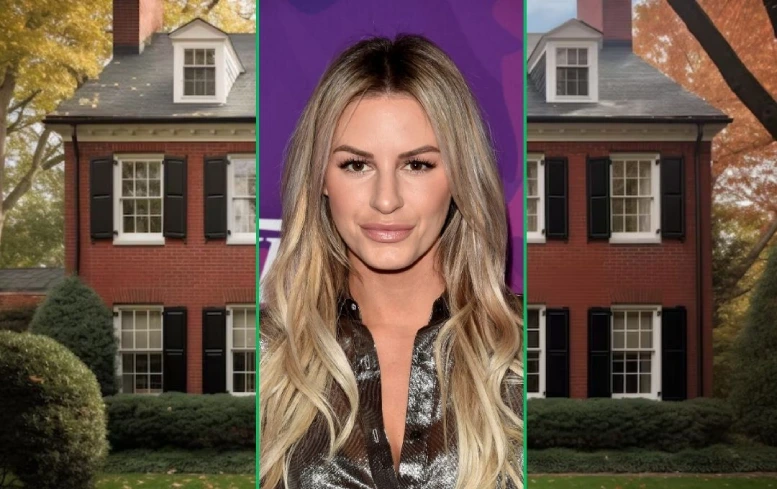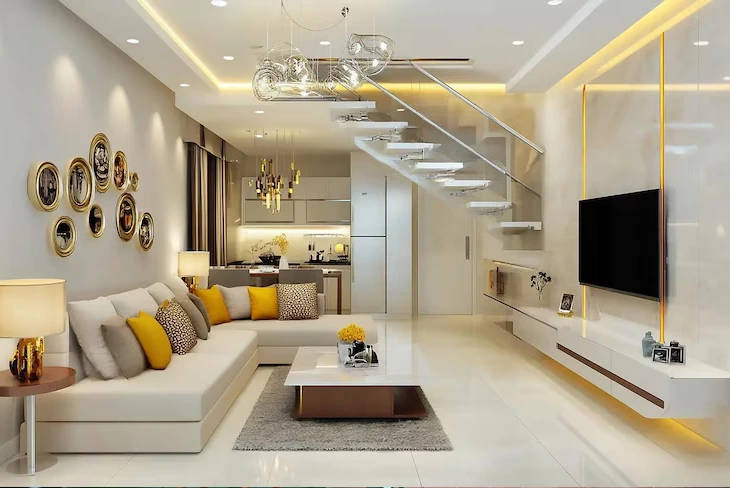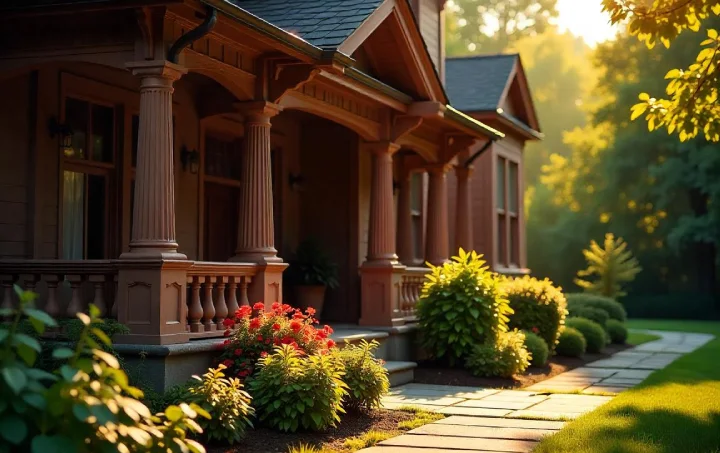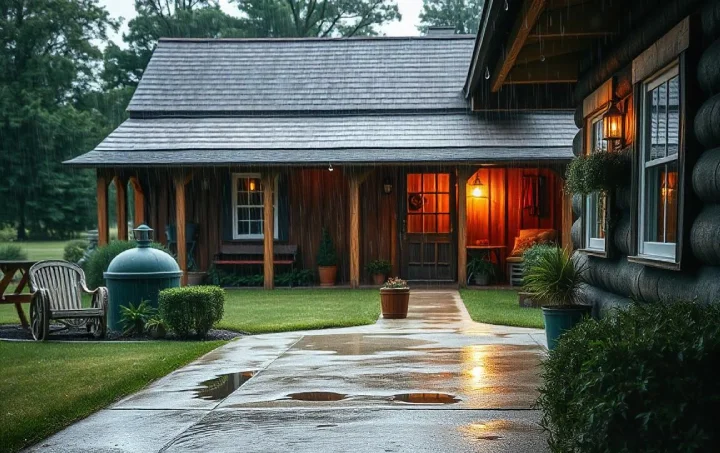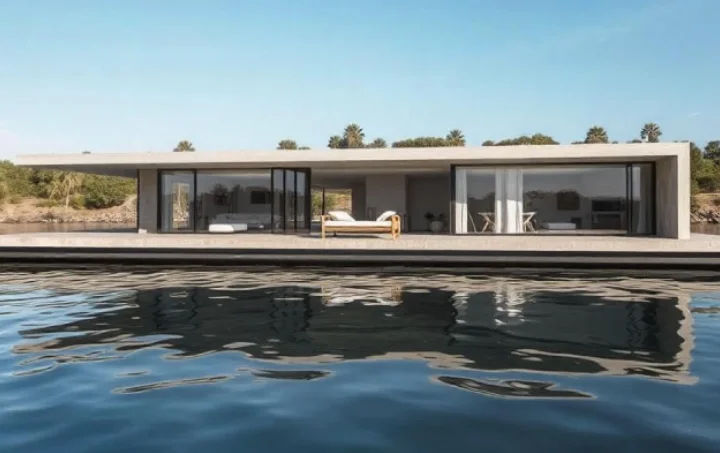The Ingvar Kamprad House holds a special place in the hearts of many. This isn’t just a house; it’s a symbol of a life dedicated to innovation, simplicity, and affordability. Ingvar Kamprad, the founder of IKEA, transformed the way people think about furniture and home living. His house reflects his personality and values, showcasing his journey from humble beginnings to becoming one of the richest men in the world.
Kamprad’s life story is fascinating. He built a global empire while living modestly, which made his home even more interesting. The Ingvar Kamprad House is not just a structure; it embodies his philosophy of life and work. People are often curious about what kind of home someone with such immense wealth would have.
Let’s dive deeper into the life of Ingvar Kamprad and explore his house.
Who is Ingvar Kamprad?
Ingvar Kamprad was born on March 30, 1926, in Agunnaryd, Sweden. He started selling matches at the age of five and expanded his business to include various items like wallets and picture frames by the time he was a teenager. At just 17 years old, he founded IKEA in 1943, initially selling furniture through mail order.
He became famous for creating stylish yet affordable furniture that anyone could buy. Over the years, IKEA grew into a global giant with over 460 stores worldwide. By 2015, Forbes estimated his net worth at around $3.5 billion, showcasing how successful he had become.
Kamprad owned several luxury items, including:
- Cars: He was known for driving a modest Volvo but also had a Porsche for some time.
- Yacht: While not much is documented about his yacht ownership, he was known to enjoy sailing.
- Homes: He owned multiple properties including a villa in Switzerland and a vineyard in France.
- Private Islands: There’s no public record of him owning private islands.
- Private Jets: He preferred economy class for flights and was known for his frugality.
Kamprad passed away on January 27, 2018, at the age of 91. His legacy continues through IKEA and its commitment to affordable living.
Ingvar Kamprad at a Glance
| Attribute | Details |
|---|---|
| Birth Date | March 30, 1926 |
| Death Date | January 27, 2018 |
| Net Worth | $3.5 billion (2015) |
| Founded IKEA | 1943 |
| Cars Owned | Volvo, Porsche |
| Homes Owned | Villa in Switzerland |
| Philosophy | Frugality and simplicity |
Where Does Ingvar Kamprad Live Now?
Although Ingvar Kamprad has passed away, he lived most of his later years in Småland, Sweden. This area is known for its beautiful forests and serene landscapes, which reflect Kamprad’s love for nature and simplicity. His house was not just a home; it was a sanctuary where he could escape the hustle and bustle of business life.
The Ingvar Kamprad House is situated on a large estate surrounded by trees and open spaces. It embodies the concept of Swedish design—functional yet beautiful. The house itself is quite modest compared to what one might expect from someone with his wealth. It features simple lines and natural materials that blend seamlessly with its surroundings.
Kamprad valued privacy and lived a low-key lifestyle despite his riches. He often shunned the spotlight and preferred to live simply, which is evident in his choice of home.
Ingvar Kamprad House
The Ingvar Kamprad House in Småland is an excellent example of how he practiced what he preached about simplicity and functionality. This house reflects his personal style—minimalistic yet warm and inviting.
The architecture is straightforward without unnecessary embellishments. The interior design focuses on comfort rather than luxury. It’s filled with practical furniture pieces that remind visitors of IKEA’s ethos: stylish yet affordable living.
Kamprad’s home is also surrounded by nature, with gardens that reflect his love for the outdoors. This connection to nature was important to him as it provided peace and tranquility away from his busy life as an entrepreneur.

Features of Ingvar Kamprad House
- Simple Architecture: The house has clean lines with no extravagant features.
- Natural Materials: It uses wood and stone that harmonize with the surrounding environment.
- Functional Spaces: Each room serves a purpose without excess decoration.
- Gardens: Beautifully landscaped areas invite nature into everyday life.
- Sustainable Design: The house incorporates eco-friendly elements reflecting Kamprad’s values.
House Design and Style
The design of the Ingvar Kamprad House showcases Scandinavian architecture at its best. It’s all about functionality wrapped in simplicity. The exterior features wooden panels that blend well with the lush greenery surrounding it.
Inside, the spaces are open and airy, allowing natural light to flood in. The color palette consists mainly of soft whites and earthy tones that create a calming atmosphere.
Kamprad believed that homes should be comfortable without being flashy or ostentatious. This philosophy is evident throughout the house:
- Living Room: It features comfortable seating arranged for conversation rather than formal gatherings.
- Kitchen: A practical space designed for cooking rather than entertaining.
- Bedrooms: Simple but cozy rooms that focus on rest rather than luxury.
Overall, the design reflects Kamprad’s belief that homes should be functional spaces where families can thrive without unnecessary distractions.
Personal House Touches
Ingvar Kamprad added personal touches throughout his home that reflected his personality:
- Artwork: He collected pieces that inspired him or had personal meaning rather than focusing on high-value investments.
- Bookshelves: Filled with books on design, philosophy, and history—reflecting his lifelong love for learning.
- Family Photos: Displayed prominently to remind him of what mattered most—his family.
These touches made the house feel warm and inviting rather than cold or impersonal.
Interior Design, Amenities & Highlights
The interior of the Ingvar Kamprad House is designed with practicality in mind:
- Open Floor Plan: Encourages family interaction while maintaining separate areas for different activities.
- Functional Furniture: Each piece serves a purpose without being overly decorative.
- Natural Light Sources: Large windows let in sunlight while offering views of nature outside.
- Eco-Friendly Features: Energy-efficient appliances reflect Kamprad’s commitment to sustainability.
Interior Features:
- Minimalist furniture designs
- Comfortable seating arrangements
- Simple yet effective storage solutions
These elements create an environment where family life can flourish without distractions or clutter.
Outdoor House Spaces
Outside the house lies an expanse of land filled with gardens and natural beauty:
- Gardens: Carefully tended areas filled with native plants that attract local wildlife.
- Patios: Spaces designed for relaxation or outdoor dining during warmer months.
- Walking Paths: Trails winding through trees allow for peaceful strolls amidst nature.
These outdoor spaces provide an escape from daily stresses while encouraging a connection with nature—something Kamprad valued deeply.
Market Value and Comparisons
The market value of the Ingvar Kamprad House, like many properties owned by celebrities or notable figures, can fluctuate based on various factors including location, condition, and historical significance:
- Built Year: The house was constructed many years ago but has been maintained well over time.
- Previous Owner(s): Before becoming associated with Kamprad, it may have had different owners whose identities are less well-known.
- Sold Year & Purchase Year: Specific details about transactions may not be publicly available due to privacy concerns.
Timeline:
- Built many years ago
- Owned by Ingvar Kamprad until his passing
- The current estimated value remains high due to its historical significance
As of now, estimates suggest its value could be around $3 million or more based on similar properties in Småland.
Ingvar Kamprad Property Portfolio
While the focus here is primarily on the Ingvar Kamprad House, it’s worth noting that he owned several other properties throughout his life:
- A villa in Switzerland known for its stunning views
- A vineyard in Provence where he enjoyed spending time
These properties reflect different aspects of his life—from business success to personal enjoyment—and showcase how he balanced work with leisure.
Conclusion
The Ingvar Kamprad House stands as more than just a residence; it symbolizes a life dedicated to simplicity, functionality, and affordability—a reflection of its owner’s values throughout his remarkable journey from humble beginnings to global success.
Kamprad’s legacy continues through IKEA’s commitment to making stylish living accessible to everyone around the world. His home serves as an inspiration for those who believe that true wealth lies not in extravagance but in creating spaces where families can thrive together.

